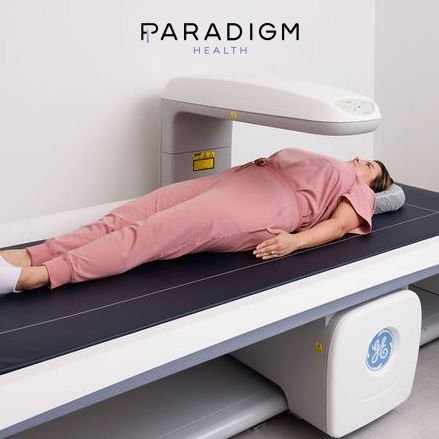Feel Better.
Stay Healthier.
Live Longer.
Nashville's first medicine 3.0, longevity-focused concierge practice, Paradigm provides cutting-edge, deeply personalized healthcare, so you can live your best life.
Feel Better.
Stay Healthier.
Live Longer.
Nashville's first medicine 3.0, longevity-focused concierge practice, Paradigm provides cutting-edge, deeply personalized healthcare, so you can live your best life.
What Healthcare Should Be
Modern healthcare is flawed. We have become experts at treating disease, but spend no time preventing it. Our healthcare system spends trillions of dollars each year on research and care that helps us slam on the brakes when we're 20 feet from the cliff, instead of just taking a different route. Doctors are overloaded and the system is fundamentally broken, largely taking a one-size-fits-all reactive approach. When was the last time your doctor spent more than 15 minutes listening to you? Have you ever worked with your doctor to create a personalized and proactive approach to optimizing your health?
Want to learn how healthcare should be?
Shifting The Paradigm
Paradigm is a longevity-focused, concierge clinic. What that means is you will get:
-
We start with an extensive evaluation of your current health state, built on the latest research and technology. We obtain over 100 blood-based biomarkers plus an array of tests that evaluate everything from your current state of inflammation and organ function to a detailed analysis of your strength, mobility, stability, and exercise capacity.
-
We put all of the data from your evaluation into the context of your personal and family health history; from there, we begin to craft a plan that addresses any health risks that are present and also targets your goals for health and longevity for decades to come.
-
Medicine 3.0 is an emerging field. Our clinical team of doctors, physical therapists, strength coaches, and nurses are experts in understanding the creation, application, and ongoing implementation of health optimization plans based on the latest evidence.
-
Our model is built upon the idea of unreasonable hospitality, which starts with taking the time to build a relationship of trust and partnership as we work to optimize your most important asset – your health. We will spend 4-6 hours with you on the initial day of evaluation and then have 1 hour follow-up visits to discuss your progress and update your plan over time.
-
To show we value your time, you will spend very little time in our waiting room or in any part of our clinic where you are not face to face with part of your clinical team. time in our waiting room or any time in our clinic where you are not face to face with one of our team members is virtually zero. Many follow-up visits can be done via telehealth, if desired. Your team is available each day by phone, text, or email and you will get a quick response from someone who you know and who knows you. If you are a Life Team or Life Navigator member, same-day appointments for sick visits and urgent issues during office hours are available.
-
We are your healthcare team, and we want to be your team for life. While our focus is long-term and big picture, we can also be here for the unexpected, whether small or large, from a cold to cancer. If something major and unexpected is uncovered that requires subspecialty medical or surgical care, we have a preferred team of specialists to whom we refer our patients and our team helps quarterback your care every step of the way.
Meet Paradigm
-

David Edwards
CO-FOUNDER | PHYSICIAN
Dr. David is a triple-boarded physician, neuroscientist, and doctor of physiology. Previously the Chief of Pain Medicine at Vanderbilt & Director of Acute Pain at Harvard, David has authored eight books and is a frequent guest on local and national news.
-

Matt McEvoy
CO-FOUNDER | PHYSICIAN
Previously the Founder and Medical Director for the High-Risk Medical Optimization Clinic and Enhanced Recovery After Surgery Program at Vanderbilt, Dr. Matt has published over 130 research articles and chapters focused on the top of quality care and health optimization. He speaks regularly on optimizing health and improving systems of care.
-

Griffin Moore
PHYSICAL THERAPIST
Griffin is a Doctor of Physical Therapy who has directed rehabilitation and training programs for athletes in the MLB, NFL, NBA, UFC, and NCAA. Griffin is passionate about helping people of all ages and fitness levels get stronger and believes that everyone is an athlete in some capacity.
Membership Plans
Life Plan
$5,000 one time
One-of-a-kind, modern, rigorously scientific longevity health assessment. Ideal for those who want to manage their own health journeys.
Life Coach
$7,500 per year
Everything in the longevity assessment, plus on-going monitoring, optimization visits, medication management, and more.
Life Team
$10,000 per year
Paradigm becomes your primary care for an elevated concierge medicine experience - all your needs including sick visits, referral coordination, and more.
LiFE Navigator
$20,000 per year
Includes care for complex medical conditions, case management, and home visits. A full white-glove experience.
The Best Health of Your Life Starts Here
Fill out your contact details and our team will be in touch shortly.






